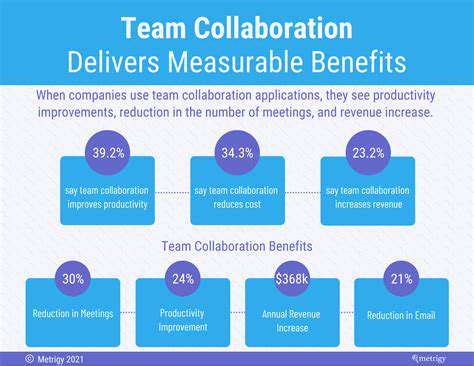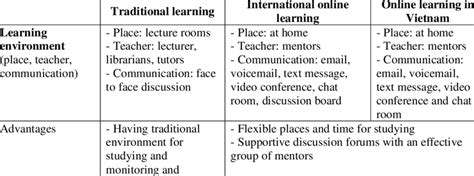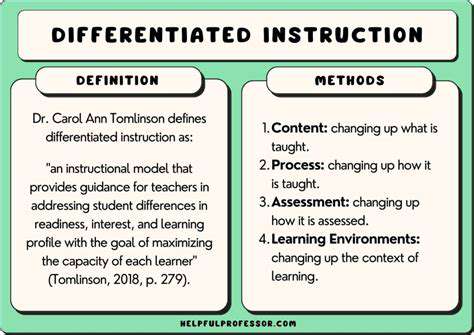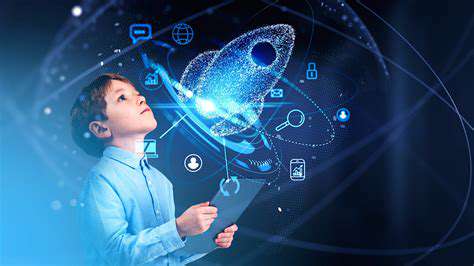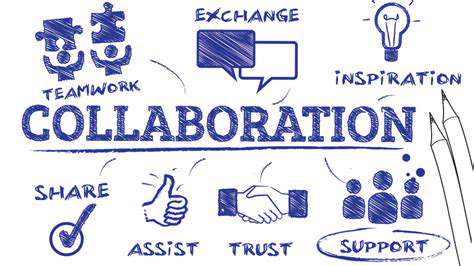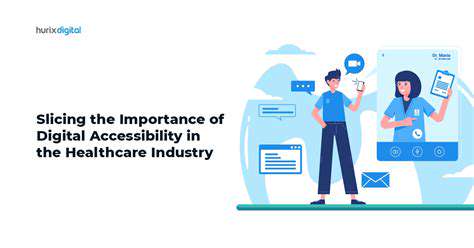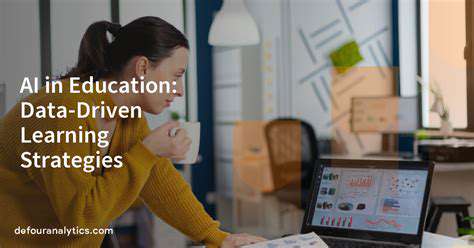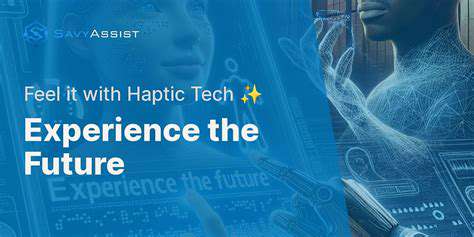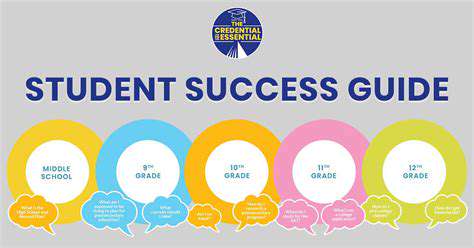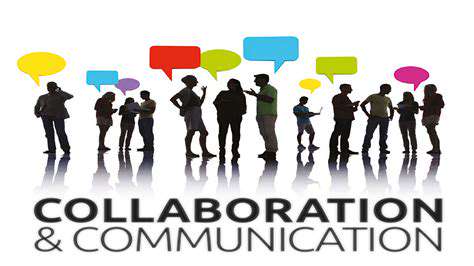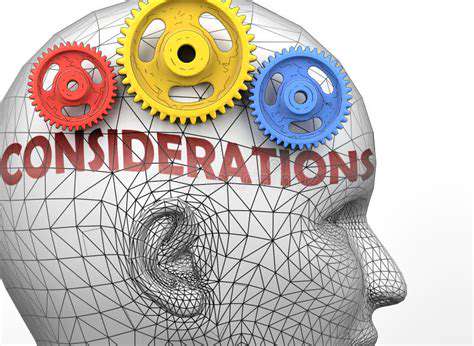From Theory to Practice: Implementing Personalized Learning Effectively
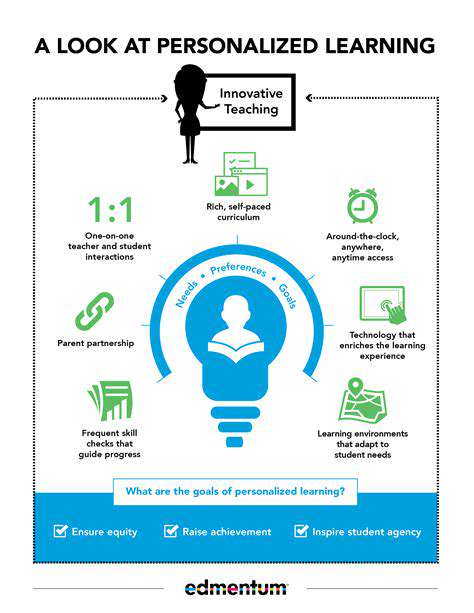
Defining Personalized Learning: A Holistic Approach
Personalized learning, at its core, is a pedagogical approach that tailors educational experiences to the unique needs, interests, and learning styles of each student. It's more than simply adjusting the pace of instruction; it's a fundamental shift in how we approach teaching and learning, recognizing that students don't all learn in the same way or at the same speed. This approach emphasizes student agency and ownership in their own educational journey, fostering a deeper understanding and a more meaningful connection to the material.
This individualized approach moves beyond a one-size-fits-all model, recognizing the diverse needs and learning styles within a classroom. Personalized learning is about creating a dynamic learning environment that supports and nurtures each student's unique potential.
Key Characteristics of Personalized Learning
A defining characteristic of personalized learning is its focus on student-centered activities. Students are actively involved in choosing their learning paths, setting goals, and evaluating their progress. This fosters a deeper sense of engagement and motivation, as students feel more connected to their learning journey.
It also involves using diverse assessments to gauge understanding. Instead of relying solely on traditional tests, personalized learning utilizes a variety of methods, including projects, presentations, and portfolios, to provide a more comprehensive view of student abilities and progress. This allows educators to adapt their instruction to better meet individual needs.
The Role of Technology in Personalized Learning
Technology plays a crucial role in facilitating personalized learning. Learning management systems (LMS) can be used to track student progress, provide customized learning materials, and create personalized learning pathways. Digital tools and resources can provide students with access to a wealth of information, allowing them to explore topics that interest them and learn at their own pace.
Interactive simulations, online games, and virtual labs can make learning more engaging and interactive, catering to different learning styles. Technology also empowers students to take ownership of their learning experience, allowing them to explore and discover new knowledge independently.
The Importance of Teacher Support and Guidance
Personalized learning doesn't mean teachers are absent. Instead, it requires a shift in the teacher's role. They become facilitators and mentors, guiding students through their individual learning journeys. They need to be adept at assessing student needs and adapting their instructional strategies to meet those needs.
This requires a significant investment in professional development for educators. Teachers need training in how to effectively implement personalized learning strategies, and how to utilize technology to tailor learning experiences. Effective personalized learning relies on teachers who are skilled in differentiated instruction and student-centered learning.
Measuring and Evaluating the Effectiveness of Personalized Learning
Evaluating the success of personalized learning requires a shift in assessment strategies. Traditional methods, such as standardized tests, may not accurately reflect the diverse skills and knowledge gained by students in personalized learning environments.
Instead, educators should employ a range of assessment methods, including portfolios, projects, and self-assessments, to gain a comprehensive understanding of student progress. By focusing on student growth and mastery of skills, rather than simply standardized scores, we can gain a more accurate picture of the effectiveness of personalized learning.
Pedestrian detection systems are crucial for a variety of applications, from autonomous vehicles to security surveillance. These systems use sophisticated algorithms and technologies to identify and track pedestrians in images or video feeds. Accurate and reliable pedestrian detection is vital for ensuring safety and preventing accidents, particularly in automated driving environments where the vehicle must react appropriately to the presence of pedestrians.


Read more about From Theory to Practice: Implementing Personalized Learning Effectively
Hot Recommendations
- Attribution Modeling in Google Analytics: Credit Where It's Due
- Understanding Statistical Significance in A/B Testing
- Future Proofing Your Brand in the Digital Landscape
- Measuring CTV Ad Performance: Key Metrics
- Negative Keywords: Preventing Wasted Ad Spend
- Building Local Citations: Essential for Local SEO
- Responsive Design for Mobile Devices: A Practical Guide
- Mobile First Web Design: Ensuring a Seamless User Experience
- Understanding Your Competitors' Digital Marketing Strategies
- Google Display Network: Reaching a Broader Audience
